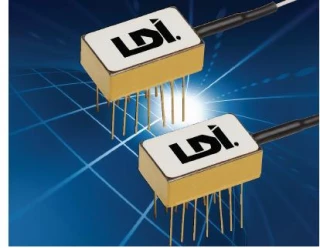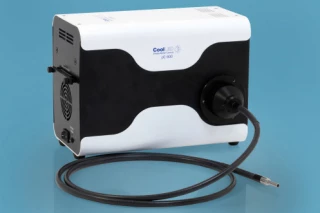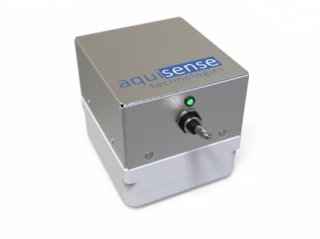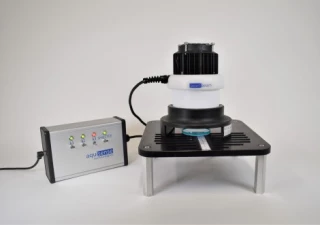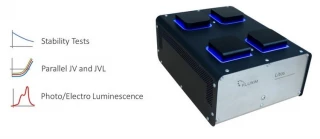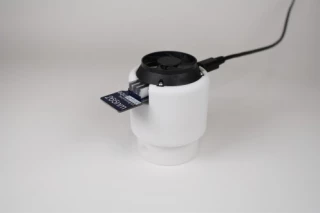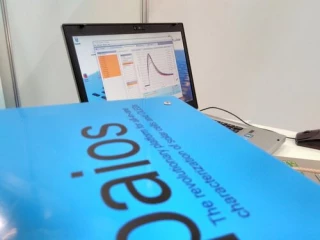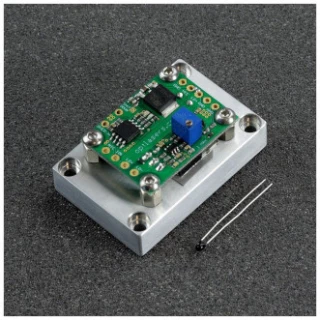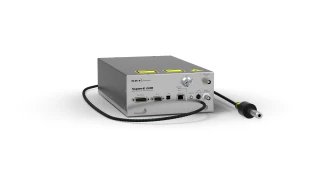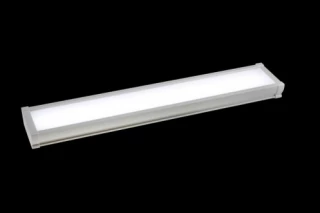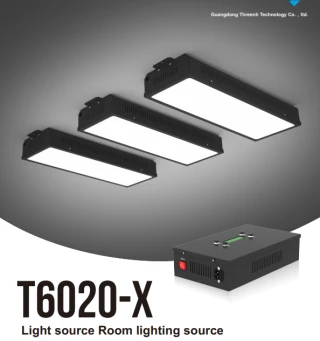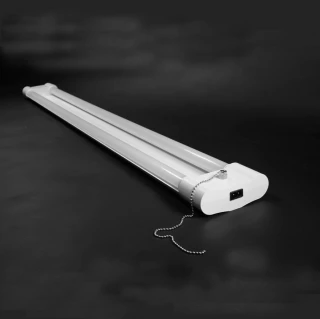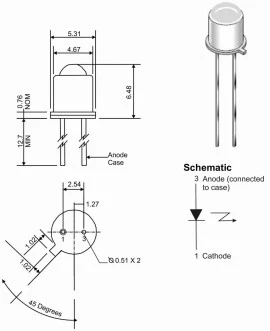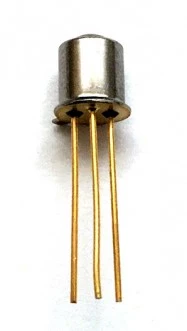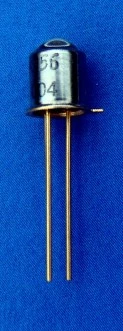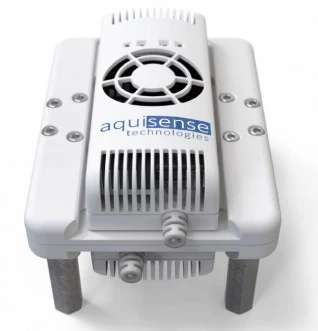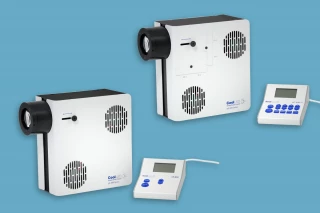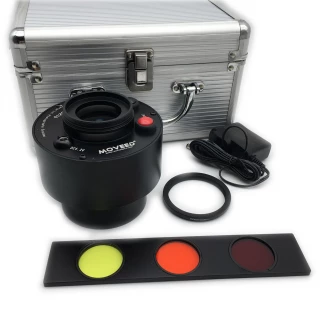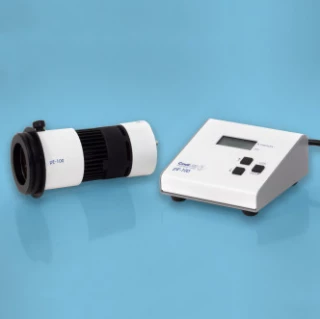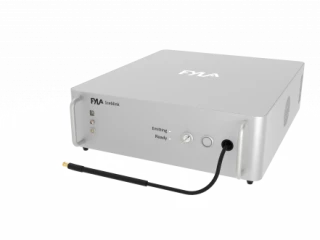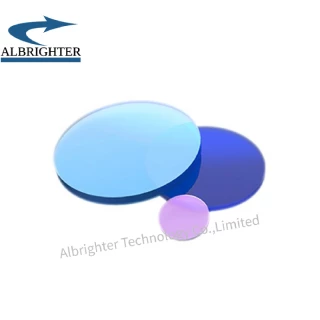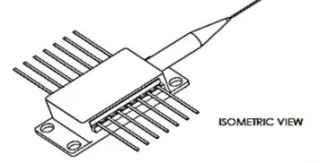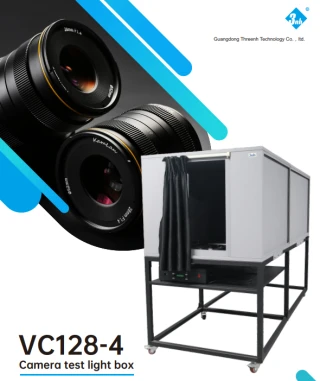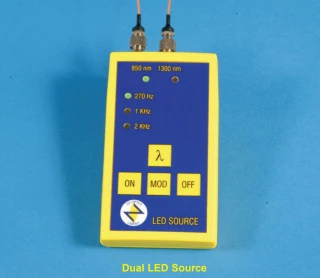1-25 of 136 results for "LEDs". Did you mean "lens"?
Search Results
1300nm Edge-Emitting LED
-
Sold by:
-
Ships from:
United States
Specifications |
|
|---|---|
| Center Wavelength: | 1.3 um |
| Output Power: | 0.08 mW |
| Spectral Width: | 80 nm |
| Forward Current: | 150 mA |
CoolLED pE-800
-
Sold by:
-
Ships from:
United Kingdom
Specifications |
|
|---|---|
| Emission Spectral Range: | 365 – 740 nm |
| Application: | Microscopy |
PearlLab Plasma UV Fluid Disinfection
-
Sold by:
-
Ships from:
United States
Specifications |
|
|---|---|
| Emission Spectral Range: | 193 – 300 nm |
| Application: | Water Purification and Disinfection, Liquid Disinfection |
PearlLab Beam UV Research Tools for Disinfection
-
Sold by:
-
Ships from:
United States
Specifications |
|
|---|---|
| Emission Spectral Range: | 255 – 365 nm |
| Application: | Water Purification and Disinfection, Liquid Disinfection, Surface Disinfection, Document Analysis, Printing, Forensic Analysis, Blood Detection, Polymerization, Industrial, Commercial, Research and Development, Miscellaneous, Wafer UV Flood Exposure, Microscopy, Vision |
| Irradiance Range (model Dependent): | 0.05 - 13 mW/cm2 |
Litos Stress-Test Platform for Degradation Analysis of LEDs
-
Sold by:
-
Ships from:
Switzerland
Specifications |
|
|---|---|
| Stress Channels: | 16 Channels, 32 Channels |
| Number Of Chambers: | 4 |
| Maximum Current: | 60 mA |
| Connectivity Options: | USB |
PearlAqua Micro for UV Water Disinfection
-
Sold by:
-
Ships from:
United States
Specifications |
|
|---|---|
| Emission Spectral Range: | 255 – 400 nm |
| Application: | Water Purification and Disinfection |
Paios - Electrical and Optical Characterization System for LEDs and Solar Cells
-
Sold by:
-
Ships from:
Switzerland
Specifications |
|---|
LPLDD-5A-24V-TP-H Laser Diode Driver
-
Sold by:
-
Ships from:
Poland
Specifications |
|
|---|---|
| Single Channel : | 5 A |
| Laser Diode Driver With Thermal Protection: | 3.3 - 24 V |
| Minimum Current : | (3% Noise) 500 mA |
| Temperature Sensor Type : | 10k NTC thermistor |
SuperK EVO
-
Sold by:
-
Ships from:
United States
Specifications |
|
|---|---|
| Bandwidth: | 1825 nm |
| Center Wavelength: | Not Specified |
| Output Power: | 0.3 mW |
| Polarization: | Random |
5ft 50W UL/DLC listed LED Tri-Proof Light XP-PL3050
-
Sold by:
-
Ships from:
China
Specifications |
|
|---|---|
| Power: | 50 W |
| Length: | 1500 mm |
| Width: | 124 mm |
| Height: | 43 mm |
T6020-X Uniform Room Lighting LED Light Source Box
-
Sold by:
-
Ships from:
China
Specifications |
|---|
LED PVC Shop Light TC-SL3040ALM-XX
-
Sold by:
-
Ships from:
China
Specifications |
|
|---|---|
| Power: | 40 W |
| Length: | 1181 mm |
| Width: | 132 mm |
| Height: | 50.8 mm |
1N6264 Hermetic GaAs Infrared Emitting Diode
-
Sold by:
-
Ships from:
United States
Specifications |
|
|---|---|
| Wavelength: | 940 nm |
| Output Power (typical): | 6 mW |
| Emission Angle: | 16 degree |
F5U280 Hermetic UVC Light Emitting Diode
-
Sold by:
-
Ships from:
United States
Specifications |
|
|---|---|
| Wavelength: | 280 nm |
| Output Power (typical): | 1.4 mW |
| Emission Angle: | 6 degree |
F5D1 Hermetic NIR Light Emitting Diode
-
Sold by:
-
Ships from:
United States
Specifications |
|
|---|---|
| Wavelength: | 880 nm |
| Output Power (typical): | 12 mW |
| Emission Angle: | 16 degree |
PearlLab Thin-Film
-
Sold by:
-
Ships from:
United States
Specifications |
|
|---|---|
| Emission Spectral Range: | 280 – 280 nm |
| Application: | Water Purification and Disinfection, Liquid Disinfection, Surface Disinfection, Document Analysis, Printing, Forensic Analysis, Blood Detection, Polymerization, Industrial, Commercial, Research and Development, Miscellaneous, Wafer UV Flood Exposure, Microscopy, Vision |
pE-400 Series
-
Sold by:
-
Ships from:
United Kingdom
Specifications |
|
|---|---|
| Emission Spectral Range: | 365 – 635 nm |
| Application: | Microscopy |
MOVEED Forensic Multi-wavelength LEDs Light Source (ALS) Barrel Fingerprint Photograph System
-
Sold by:
-
Ships from:
China
Specifications |
|
|---|---|
| Battery Voltage: | 3.7 V |
| Working Time: | >120 minutes |
| Charging Current: | 500 mA |
| Magnification Times: | 5 times |
CoolLED pE-100
-
Sold by:
-
Ships from:
United Kingdom
Specifications |
|
|---|---|
| Emission Spectral Range: | 365 – 770 nm |
| Application: | Microscopy |
Iceblink - FYLA fiber laser
-
Sold by:
-
Ships from:
Spain
Specifications |
|
|---|---|
| Bandwidth: | 450 nm |
| Center Wavelength: | 1064 nm |
| Output Power: | 3000 mW |
| Polarization: | Unpolarized |
Optical Band-Pass Filter
-
Sold by:
-
Ships from:
China
Specifications |
|
|---|---|
| Central Wavelength: | 193 nm |
| Bandwidth (FWHM): | 10 nm |
| Peak Transmittance: | 10 % |
1550 nm Wide Band Superluminescent LED
-
Sold by:
-
Ships from:
China
Specifications |
|
|---|---|
| SLED Type: | Fiber Coupled, No Fiber Coupling |
| Operating Power (typical): | 10 mW |
| Center Wavelength (typical): | 1550 nm |
| Bandwidth (FWHM): | 30 nm |
Adjustable Camera Test Light Box with High CRI LED Illumination VC128-4
-
Sold by:
-
Ships from:
China
Specifications |
|---|
HPLS-45AD3500-DIP High Power LED Light Sources
-
Sold by:
-
Ships from:
United States
Specifications |
|
|---|---|
| LED Color Category: | Ultraviolet (UV), Visible, Infrared (IR) |
| Wavelength: | 455 nm |
| Output Power (typical): | Not Specified |
| Operation Mode: | Continuous Wave (CW) |
Dual Wavelength LED Source
-
Sold by:
-
Ships from:
Canada
Specifications |
|
|---|---|
| LED Color Category: | Infrared (IR) |
| Wavelength: | 1550 nm |
| Output Power (typical): | 0.02 mW |
| Operation Mode: | Continuous Wave (CW), Modulated |

